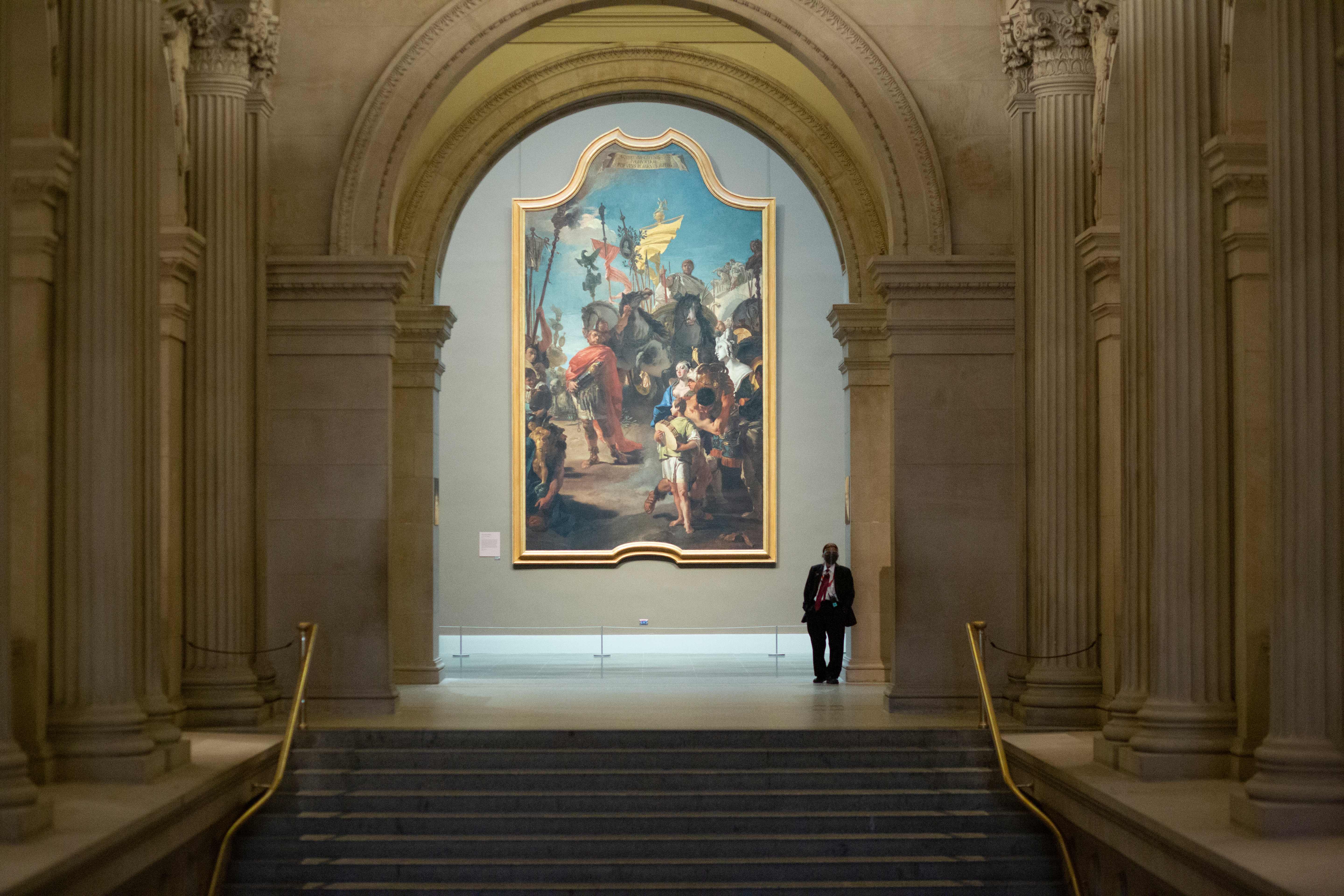
A fifth of museum staff and students surveyed by the American Alliance of Museums don’t expect to be working in the sector three years from now. The striking figure is part of a broader report released by the organization this week about the state of the field—and it makes clear that museums and their workers will continue to cope with the effects of the global health crisis for some time to come.
Fifty-seven percent of those surveyed cited burnout and 59 percent cited compensation as reasons for shifting career paths.
Meanwhile, almost a quarter of museum employees surveyed found themselves out of work at some point over the past year, with five percent still unemployed. More than 40 percent reported lost income, averaging 31 percent of their salaries or $21,191.
The report on the impact of the pandemic on the museum community is based on the results of a survey conducted last month. But the figures likely do not paint a complete picture of the number of museum workers whose employment was impacted by the pandemic, as the survey was more likely to reach current employees, rather than those no longer on staff, and middle and upper management, rather than frontline workers, who bore the brunt of most staffing cuts.
A security guard stands in the doorway at the Metropolitan Museum of Art in New York. Photo by Timothy A. Clary/AFP via Getty Images.
Part-time staff were struggling the most, with 21 percent living paycheck to paycheck.
“Since the pandemic began, the Alliance has successfully advocated for billions of dollars of Federal relief funding which has sustained thousands of museum jobs,” Laura Lott, president and CEO of AAM, said in a statement. “As we recover and rebuild, we must focus on equity, empathetic leadership, and actions that support the people who make museums possible. The resiliency and future vitality of our field relies on them.”
The report also examined the experiences of BIPOC workers, who represented just 20 percent of respondents, and were more likely to have been under financial stress at some point over the last year. Women, who made up 78 percent of respondents, were more likely to have experienced an increased workload and a loss of salary or benefits than their male counterparts.
Beyond its financial effects, the pandemic took a toll on workers’ mental health and wellbeing, with respondents rating its impact at nearly a seven out 10 on average.
Looking to the future, student respondents were particularly unsure about their career outlook, with 92 percent believing they were unlikely to be able to find museum jobs and 78 percent doubting their ability to get a museum job with sufficient compensation.
But despite it all, some are keeping a positive outlook, with 57 percent calling themselves cautiously optimistic, and 7.5 percent very optimistic.
Conducted between March 9 and 17, the survey had 2,666 responses, representing only a fraction of the 726,000 jobs in the museum sector pre-pandemic.